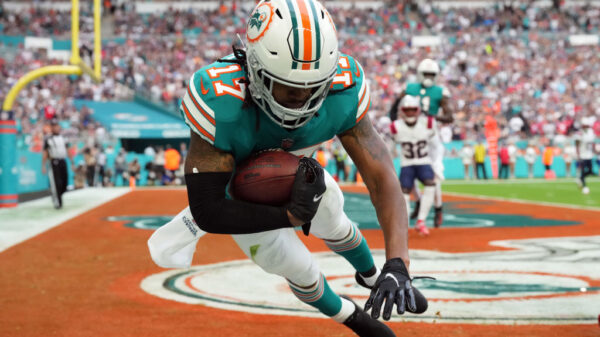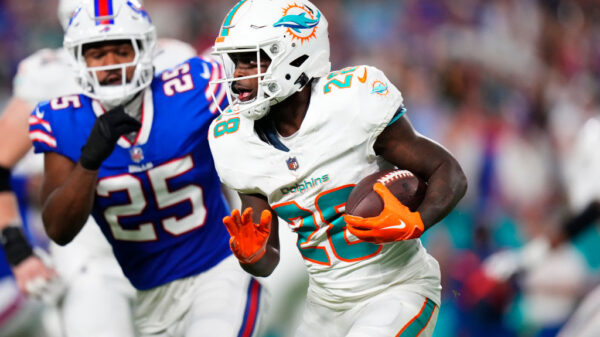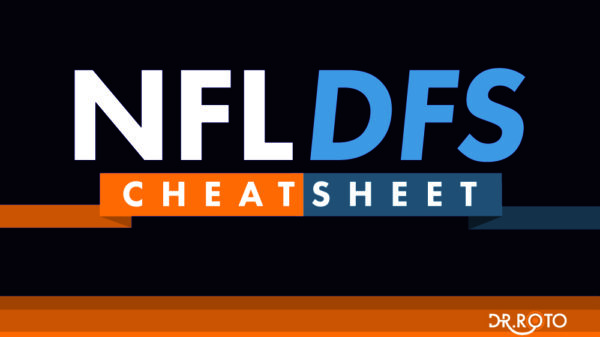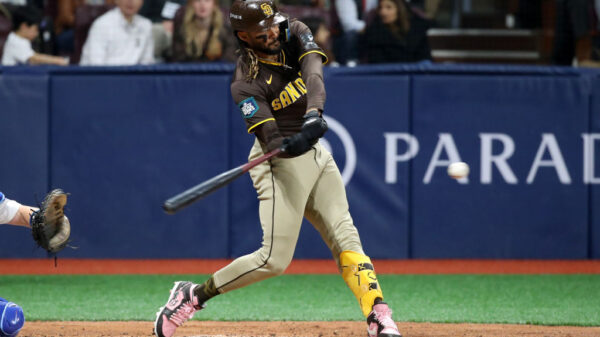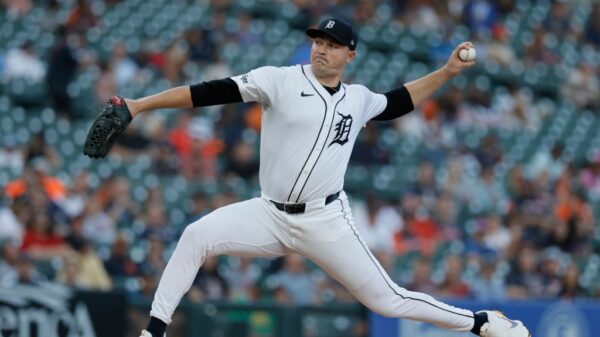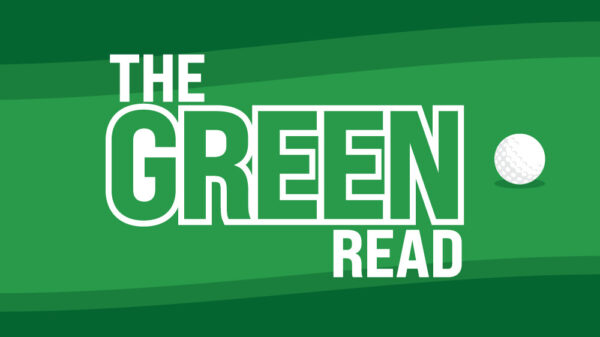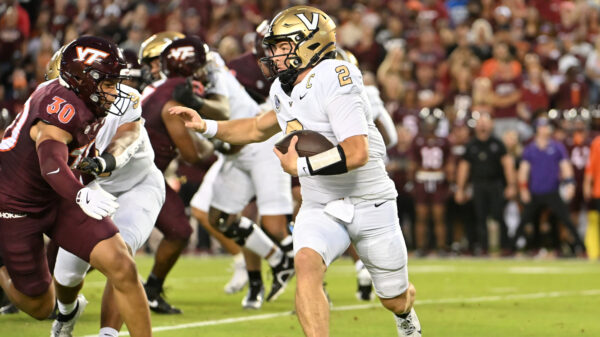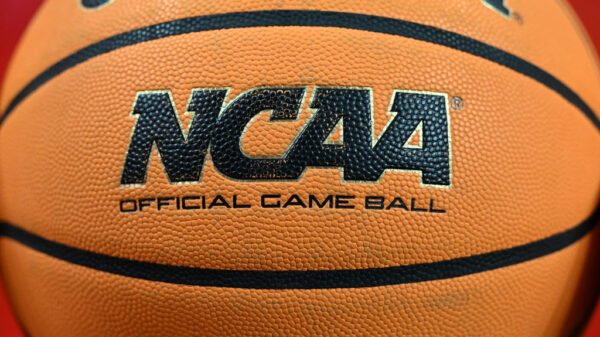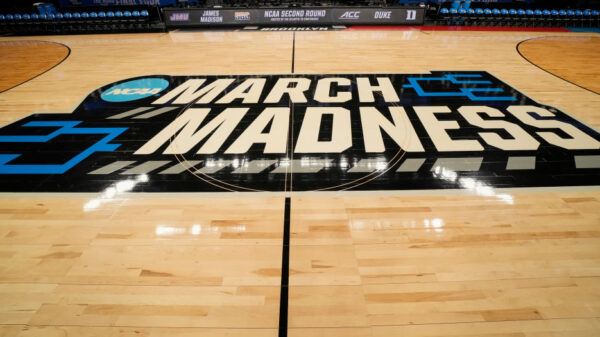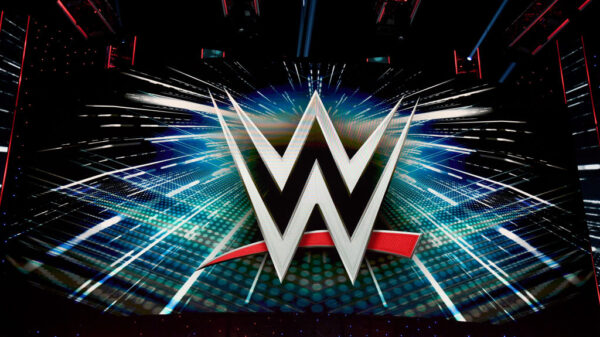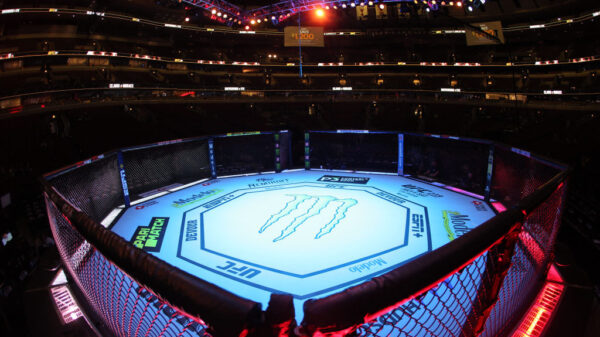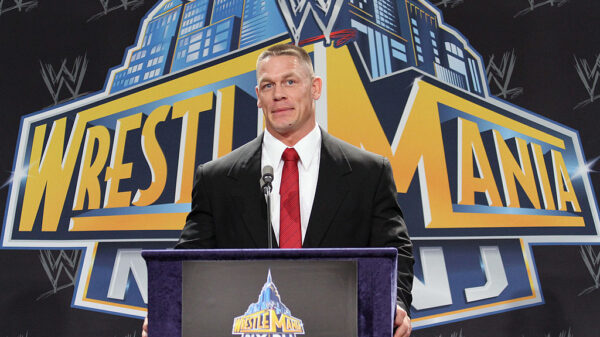This time of year in dynasty leagues is very exciting. If you have a team that won’t make the playoffs, you can still impact your bottom line and make quality moves. I have one of my 15 redraft and bestball teams that is basically out of the playoffs, and beyond ruining the other owners’ season, there isn’t much I can do about my investment of time or money in the league. Dynasty has a different feel as week 10 approaches. I have one dynasty team that uses this week as the deadline, and it happens to be a team I’ve played in for five years, with the playoffs beginning in week 12, in a 384-team tournament league. While I made the divisional playoffs in years 1 and 2, I haven’t been able to get back into the top half of the league since. I started the team around players like Dalvin Cook and Trey Lance, which put me behind quite a bit. Rules and how rookie picks are distributed are critical when making trades. Many players think they should trade player for player; however, it goes deeper than that. I have many teams, and I would make a trade on one, but on another team, I might take the opposite or, more likely, be unable to make the trade at all. Keeping the main thing the main thing is essential when trading. Does this trade improve my team? Does it serve a purpose? These are crucial questions.
Today, I traded James Cook for Bond, a first, and a third to the first-place team. Analyzing why is important—I believe putting Cook into his flex over Woody Marks makes the team better, and they want to make the trade. However, I think Woody Marks is unlikely to make a difference next year, and since they have no 2026 first, acquiring a 2027 first means retooling without selling a top asset, which will be challenging. I probably won’t be able to contend until the 2027 season, when James Cook will be 28. Looking back, I acquired James Cook with two WRs for a first and fourth, so I’m selling at a profit two years later. This year, it lowers my maxPF, helping me get a better draft pick next year. I also monitor what the position group costs to acquire; since I have few RBs left, I might need to buy them via trade. Selling low helps keep prices down. I want to push up the prices on position groups I own heavily. In this league, tight ends with scoring are highly valued, and I usually think having four TE starters is a winning strategy. I own seven, so I’ll only sell them at a premium or continue to hold and build RBs through the draft, as other teams will bump TEs up their rookie boards because of high trade market value. This way, RBs will fall to me at my draft position next year. With three firsts and three seconds, I should be able to get four quality RBs in the next two years.
Even though my record is 6-12, I don’t see myself as a seller; I’m simply building my roster. I have McBride and Kincaid, who are part of what I need to win. I also have Burrow, Skatteboo, and Travis Hunter on IR, so I believe I’ll be better next year with some added rookies once they return. I obsess over staying young and adding quality players. I’ve found fire sales rarely work well—they only benefit strong teams, giving weaker teams more dart throws. By continually adding pieces every year, I position myself to contend. Check your trade deadline and work with other owners to sell pieces that won’t be valuable when you’re trying to win.
Check out more of our articles: DrRoto.com Blog Articles
Here is a look at some other great Articles: https://www.thebiglead.com/author/loulanders/

